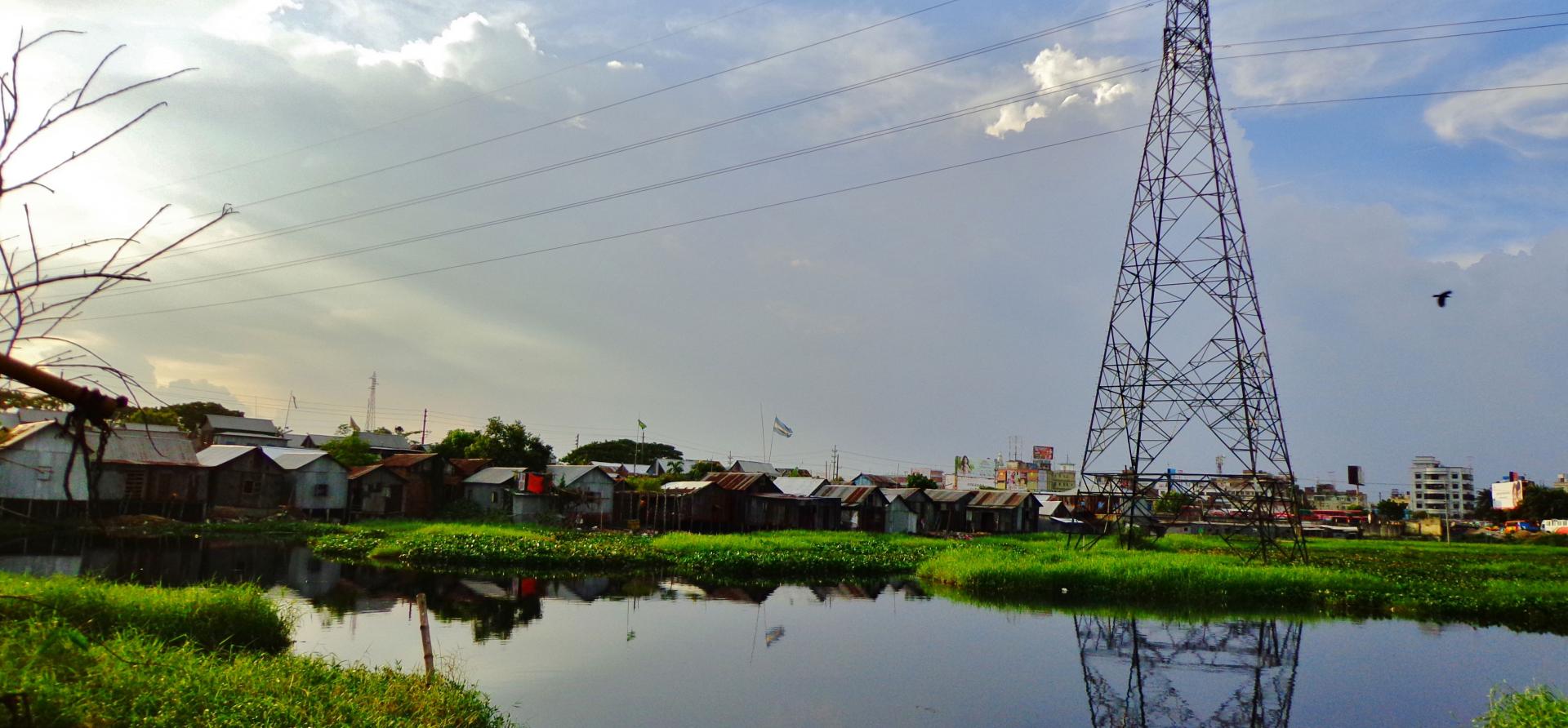IEEFA: Bangladesh making progress on scrapping coal but LNG is not a wise replacement

Bangladesh has been faced with the prospect of a major rollout of coal-fired power plants for over a decade.
The Bangladesh government’s focus on coal-fired power began with the 2010 Power System Master Plan, and was then reinforced by the 2016 version. Several of these plants are now under construction.
For many years since, people in Bangladesh who were opposed to these coal plants looked to be fighting a losing battle as the government’s commitment to coal-fired power seemed unwavering despite the high expense and long development delays faced by these projects.
Bangladesh’s domestic gas reserves are in decline and the nation’s high population density led to a widespread opinion within government circles that there was not sufficient land available for major renewable energy developments.
As a result, future reliance on imported coal and liquefied natural gas (LNG) seemed to be locked into government planning, reinforced by the fact that Bangladesh’s power system planning was funded and completed by Japan—a nation keen to sell its coal- and LNG-fired power technology to developing nations.
Coal power overcapacity can be expected to get even worse
Reliance on expensive fossil fuel imports will undermine the financial sustainability of Bangladesh’s power system. Overcapacity in Bangladesh has been rising as power demand growth has failed to live up to overly optimistic forecasts. The nation’s thermal power fleet has an overall utilisation rate of just 40%. Meanwhile, capacity payments to under-utilised plants have already reached US$1 billion per annum.
Such capacity payments are a major burden on developing nations. They increase the average cost of power generation with the likely result that consumer power tariffs will need to rise—a poor development outcome.
With numerous coal power plants under construction in Bangladesh, overcapacity can be expected to get even worse.
These projects include the Matarbari coal plant that is being financed and built by Japan and is running significantly over schedule and over budget. Another is the controversial Rampal coal plant—financed and built by India—that is under construction close to the Sundarbans World Heritage Area.
One coal plant—the China-financed and -built Payra project—has already been completed but is unable to run at full capacity as a transmission link to the plant is unfinished. The plant is therefore collecting US$13 million per month in capacity payments whilst half the plant sits idle.
The Bangladesh government has been showing renewed enthusiasm for renewable energy
However, 2020 saw the first signs that the Bangladesh government was beginning to reconsider its coal-fired power plans and would cancel a number of proposed projects. The increasing difficulty in obtaining finance for such projects as more and more banks and financiers back away from coal was cited as a key reason that the government was changing its mind. The growing overcapacity problem and rising cost of capacity payments ought to have also been part of their thinking.
In June 2021, it was made official that the government was scrapping 10 coal-fired power projects—a significant milestone that had seemed impossible for many years.
In addition, the Bangladesh government has recently been showing renewed enthusiasm for renewable energy. The power minister is now openly talking about targeting 40% renewable energy capacity by 2041—a major increase in renewables ambition—and there are even plans for offshore wind installations.
These developments in 2021 represent hugely important progress towards Bangladesh achieving a financially and environmentally sustainable power system.
However, there are still problems on the horizon. The government has made clear that some of the scrapped coal projects will be replaced by LNG-fired power plants which will do nothing to alleviate the worsening overcapacity problem.
In addition, a switch to LNG will further expose Bangladesh to a fossil fuel with even greater price volatility than coal.
A new power master plan is due in 2021 and is again being funded and prepared by Japan. Japan has stated that it will prepare the plan in line with a “transformation to a low or zero carbon energy system” but has also made it clear that it intends to continue financing LNG projects overseas.
The threat that over-reliance on LNG poses to the financial sustainability of Bangladesh’s power system is at least as high as coal.
There is still a lot of work to be done by all stakeholders who want a sustainable future for power generation in Bangladesh.
Simon Nicholas ([email protected]) is an IEEFA energy finance analyst.
For information about people and organizations who are pressing for more sustainable energy policies in Bangladesh, view our video: Local Leadership Global Change, Bangladesh, IEEFA Energy Finance 2021
Related items:
Bangladesh Must Plan for the Energy Transition to Renewables, May 2021
Power Overcapacity Worsening in Bangladesh, January 2021
Bangladesh Power Review, May 2020















